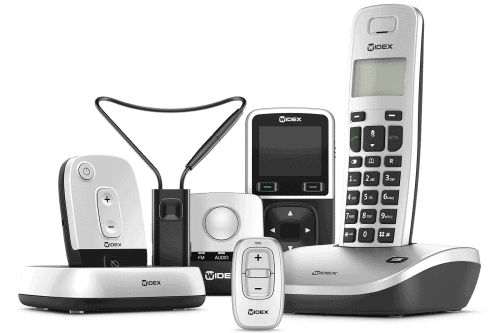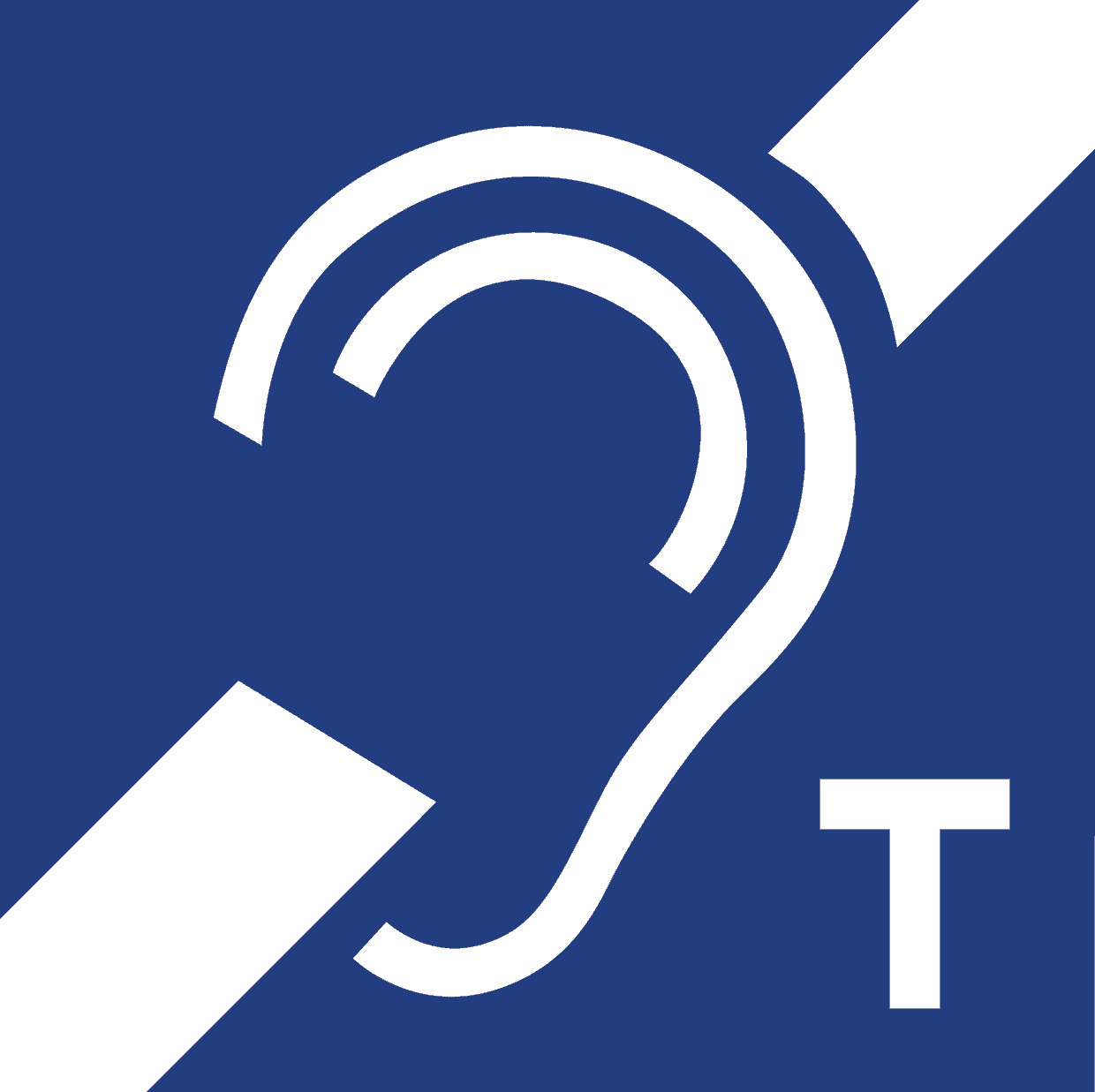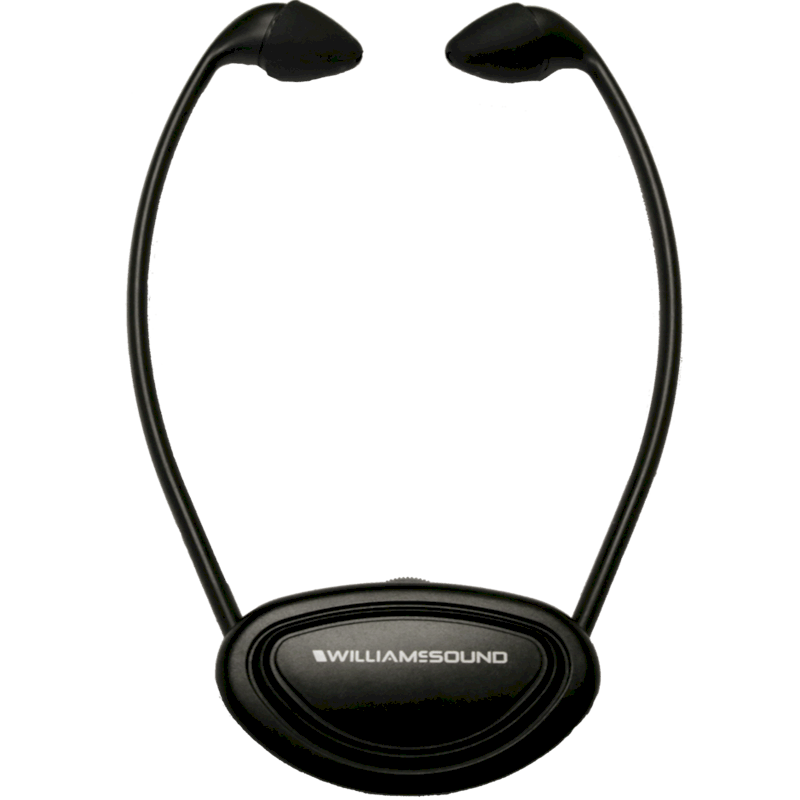Assistive Listening Devices
Assistive Listening Devices (ALDs) are a broad category of devices that help people with hearing issues to hear better.
Some assistive listening devices work with hearing aids, while others are meant to stand alone.
Assistive listening devices range from systems that must be installed in a structure, to systems that are carried in your pocket.
Some assistive listening devices work with a variety of hearing aids, while others are made by a specific hearing aid manufacturer to work specifically with their own hearing aids, or even just one specific model of hearing aid.
The thing that all assistive listening devices ALDs have in common is that they help reduce the signal-to-noise ratio of the sound around you. By placing microphones closer to the people or other sources you want to hear, ALDs make that one sound louder, while leaving a lot of background sound behind. Hearing aids have gotten a lot better at doing this on their own, but sometimes an extra boost can really enhance your listening experience.
Let’s take a look at some of the types of assistive listening devices on the market.
Visit our clinic located in Salisbury, NC to learn more about assistive listening devices.

Assistive Listening Devices and Hearing Aid Accessories
This category includes any optional accessory to your hearing aids. Manufacturers will often make proprietary additional hardware, such as TV adapters and microphones, that help increase the functionality of your hearing aids in certain situations.

Bluetooth Connectivity
Bluetooth has become an increasingly viable and popular option with hearing aids. Bluetooth is a non-proprietary wireless protocol that allows all kinds of different devices to “talk” to each other. Most electronic devices we use on a daily basis have Bluetooth capability, including our smartphones, tablets, computers, and even car audio systems.
Using Bluetooth, your hearing aids can connect wirelessly to your smartphone to stream phone calls, media, and other audio directly to your hearing aids. They can connect to a TV adapter that allows you to receive the audio from your television or stereo system directly to your hearing aids.
Hearing aid manufacturers also make apps for their hearing aids that, when connected, allow you to control volume, program, and other hearing aid features directly from your smartphone or tablet.

Personal Amplifiers
Mostly used for one-on-one conversation, a personal amplifier is perhaps the simplest type of ALD. You wear a set of earphones that are connected to a small device. The device has a microphone and a volume control. It may also have a separate microphone, which can be clipped to the other person’s clothing.
Unlike hearing aids, which are programmed for a person’s specific hearing loss needs, personal amplifiers are “broadband,” meaning that they amplify all sound the same way, regardless of the differences between people’s hearing abilities.

Loop Systems
A loop system works with the T-coils (telecoils) in hearing aids, or an autonomous receiver. A “loop” of wire runs around the perimeter of a room or area, and any device with T-coil capability inside the perimeter can pick up the signal being broadcast by the system.
Loop systems are popular in museums, lecture halls, houses of worship, movie theaters, and other spaces where a PA system is already in use. The loop system handily takes the output from a mixer board that is already feeding sound to a set of speakers in the room, and sends the signal directly to your hearing aids or receiver device. This can make a drastic improvement in intelligibility, since room acoustics and background noise are now taken out of the equation.

FM Systems
Similar to a loop system, but uses FM radio signals to broadcast, rather than the induction loop. FM systems require an FM receiver device. This may be a small loop that you can wear around your neck to utilize the T-coils in your hearing aids, or it may have a set of headphones for those who don’t wear hearing aids.
FM systems are more common in meeting rooms, classrooms, and other spaces that may not see enough use to justify installing a loop system.

Infrared Systems
Similar to FM systems, but infrared systems use infrared light to transmit the signal, rather than radio waves. Infrared systems are often used where privacy is key, such as in courtrooms. This is because the light does not travel through walls, so devices outside the room cannot receive the signal at all.
Assistive Listening Devices | Salisbury, NC
Each person’s hearing loss and use needs are different. By talking with our team at Hearing Solutions of North Carolina about your hearing loss, lifestyle, and what you hope to achieve with a treatment plan for your hearing loss, we will be able to determine which ALDs will do the most to help you live life to the fullest.
